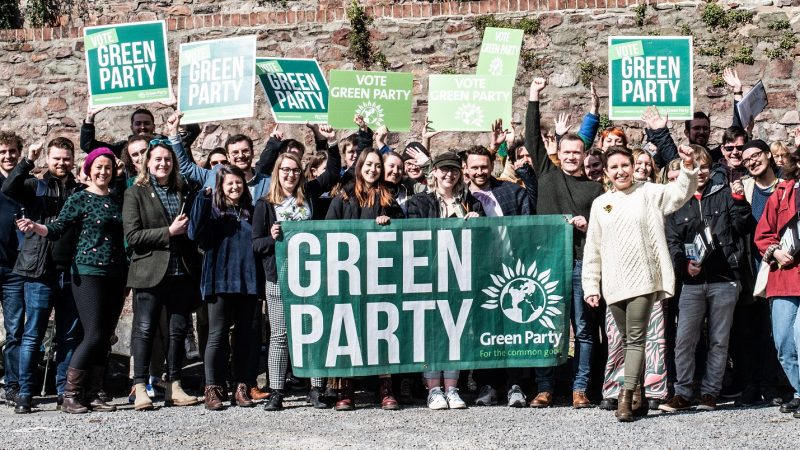How many seats are the Greens looking to gain?

On May 2, voters across large parts of England will go to the polls in local elections. These will be the last big electoral test before the next general election and will determine which parties are running local councils up and down the country.
The Green Party of England and Wales has now become a major player in local government. After many years of small gains, the party secured a major breakthrough in 2019 and has made significant inroads at each election since. In 2023, the party made history by gaining majority control of a council for the first time and there are now more than 750 Green Councillors across England and Wales.
2024 will see the Greens defending just over 100 seats and looking to make gains across the country.
In this context, what would a headline figure look like for a successful Green Party local election campaign? This year there are far fewer seats up for election than the last three years, but based on previous results, the areas the Greens are targeting and the national polls, anything more than 50 net gains would be a good showing for the party.
Where these gains come could also determine whether the Greens will be in administration at a local level and matters considerably for the party’s future electoral prospects.
One of the most important councils for the Greens up for election this year is Bristol. This year’s election will be the first since the position of Bristol Mayor has been abolished. That means that whichever party emerges as the largest will end up leading the council, rather than it being led by the Mayor. Currently, the Greens have 24 seats on the council, with Labour on 23. The Greens are campaigning hard to remain the largest party with a view to emerge as the group running the council after this year’s election.
Although an outright majority in Bristol is unlikely (the Greens would need to win at least 35 seats), taking control of the council as a minority administration would still be significant – not only because it would be the first time they have led the council, but also because Bristol Central is the Greens’ top target seat at the next general election. The momentum gained by gaining control of the council would be a significant boost for party co-leader Carla Denyer’s prospects of making history as the city’s first Green MP.
One of the challenges the party may face in Bristol is that in recent elections, the biggest Green gains have primarily come in traditionally Conservative areas – particularly those which are in semi-rural areas in the just-about-commutable patches surrounding major cities. With Labour performing well in the polls, picking up seats from them may be trickier. Nevertheless, the Greens will be hopeful to peel off left-leaning voters disappointed with Labour’s position on Gaza and drift to the right since Keir Starmer became leader.
There are other typically Labour areas where the Greens will be hopeful of making further inroads.
Norwich has been a city where the Green Party has performed well for more than 20 years, with the party’s first Councillors elected in 2002. During Jeremy Corbyn’s leadership of the Labour Party, the Greens fell back considerably, but this year they are hoping to return to their highest number of seats – 15.
In South Tyneside, the Greens will be looking to build on their success in previous years. In 2023, the Greens gained 3 seats, taking their total to 9 and making them the official opposition on the council.
Other Labour-dominated councils where the Greens are looking to either breakthrough for the first time, or else grow the number of seats they hold are Wakefield, Leeds and Ipswich.
When it comes to traditionally Tory areas, there are fewer of the types of areas where Greens have performed well recently up for election this year. Nevertheless, there are councils where the Green Party will be looking to make gains up in 2024.
A good night for the Greens will see them continue to grow in areas they’ve had recent success such as Cherwell, Adur and Dorset, as well as win their first seats in places like Basildon.
Chris Jarvis is head of strategy and development at Left Foot Forward
Image credit: Matthew Phillip Long – Creative Commons
To reach hundreds of thousands of new readers we need to grow our donor base substantially.
That's why in 2024, we are seeking to generate 150 additional regular donors to support Left Foot Forward's work.
We still need another 117 people to donate to hit the target. You can help. Donate today.



